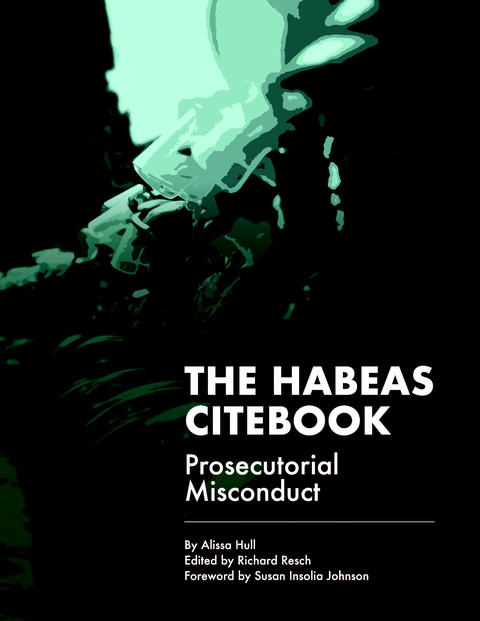The Two-Edged Sword of DNA Exonerates Another Prisoner
by Ed Lyon
In 1996, 20-year-old Idaho Falls, Idaho, citizen Christopher Tapp was convicted of raping and murdering 18-year-old Angie Dodge. Tapp did not finish high school, so he was no match for educated cops who relentlessly interrogated him nine times over three-and-a-half weeks for a total of 25 hours.
The inconvenient facts that his DNA did not match any found at the crime scene, there was no physical evidence linking him to the crime, and there were no eyewitnesses were easily explained by prosecutors: There were multiple assailants.
Still, for two decades, the only man convicted was Tapp.
In an ironic twist, Dodge’s mother refused to be assuaged by Tapp’s conviction. The more Carol Dodge examined Tapp’s so-called confession and the case’s hard facts, the more convinced she became that her daughter’s killer was still out there. She turned to the flip side of DNA’s cutting edge to come up with the proof.
The July 2019 CLN (p.40) reported that police caught the California Golden State Killer (“GSK”) suspect through a novel use of DNA investigation. By simply buying a membership in FamilyTreeDNA, law enforcement had only to submit DNA collected from prior GSK crime scenes to build a family tree using the service’s unique Y-DNA database to find relatives of the GSK until they were able to zero in on him.
Dodge correctly reasoned the same process could be used to find the identity of her daughter’s murderer, even if it meant exonerating the man she once believed had killed her daughter.
A huge obstacle facing genetic genealogist CeCe Moore of the Virginia-based Parabon NanoLabs was the degradation of the DNA evidence recovered from the crime scene. With 39 percent of the commonly needed genetic markers gone, Moore had her work cut out for her.
After analyzing what was available, she began genealogical comparisons through GEDmatch, a service through which DNA profiles from companies like AncestryDNA, 23andMe, and FamilyTreeDNA can be used to locate lost relations.
Moore’s efforts paid off with the identification of Brian Leigh Dripps, Sr. as being the donor of hair and semen found at the crime scene.
Dripps lived across the street from Dodge and had been questioned by police after the murder. Faced with the DNA evidence against him, Dripps confessed.
The Idaho Falls police chief stated that department policies were adopted in the 1990s to prevent such interrogations like the ones conducted on Tapp. “We intentionally do our interviews to make sure that there’s information that only the person that was at the crime scene could give, which probably didn’t occur in those original interviews” that Tapp underwent, stated the chief.
In 2007, the Idaho Innocence Project had joined Dodge’s efforts. Tapp’s case also was championed by The Marshall Project and reported on by CBS’ 48 Hours television show in 2018. He was freed from prison in 2017.
---
Source: themarshallproject.org
As a digital subscriber to Criminal Legal News, you can access full text and downloads for this and other premium content.
Already a subscriber? Login





